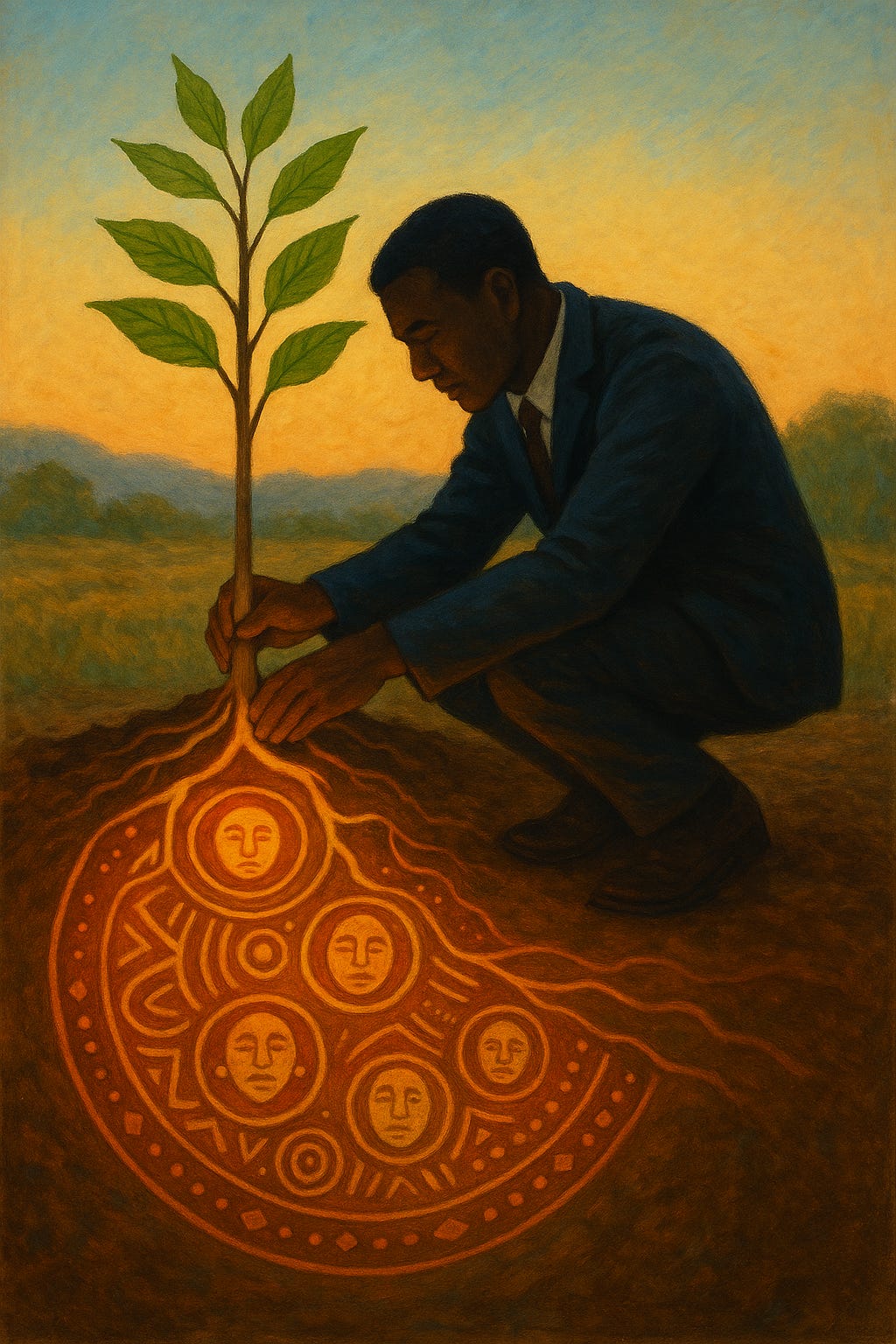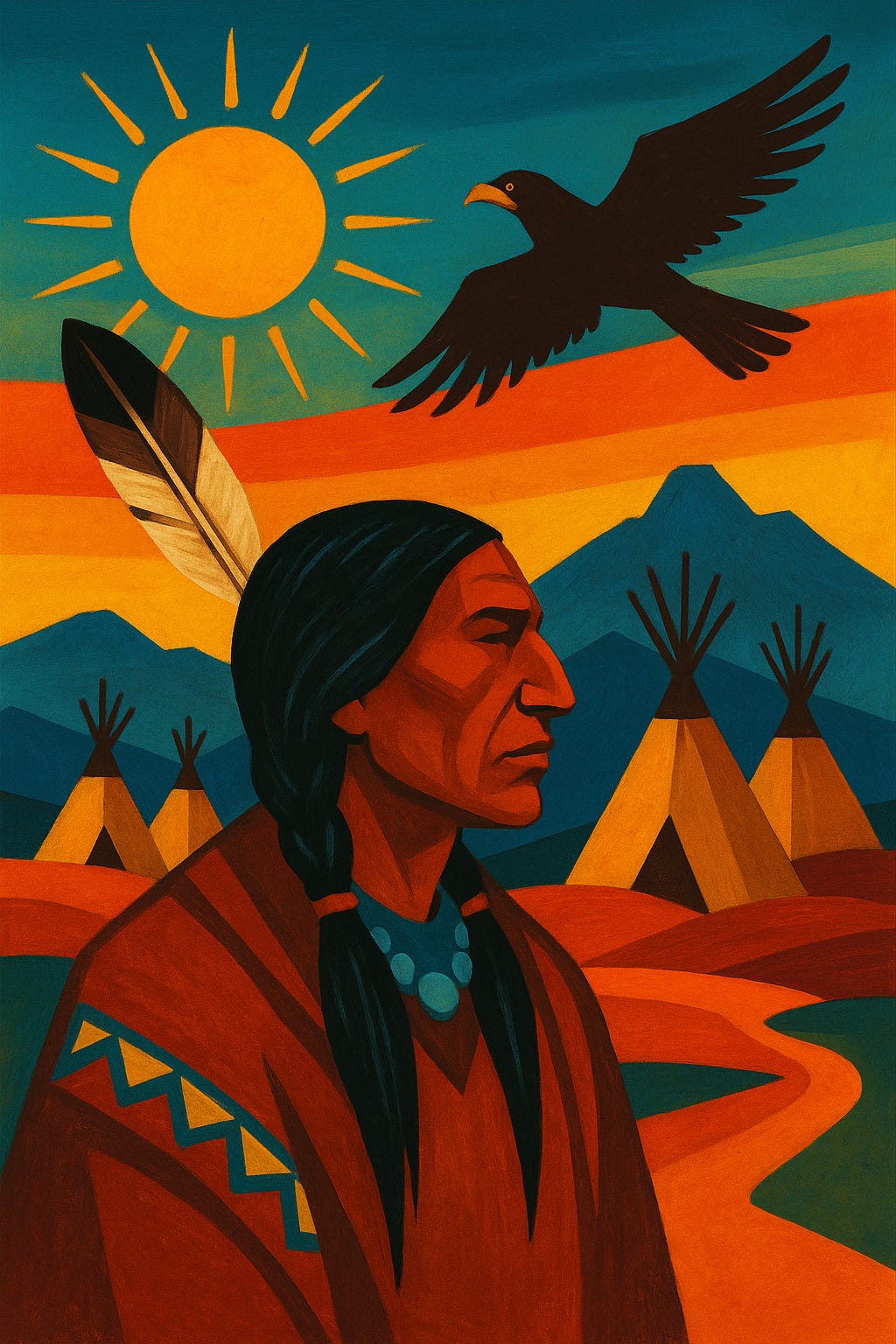🔒 Leader’s Dispatch: The Leadership Lesson We Forgot to Inherit 🌎
Leader's Dispatch Volume 13
Top of the Series: 🔒Leader’s Dispatch: Has OpenAI Lost Its Strategic Edge? (Windsurf AI ☢️Fallout🧨)
Previous: 🔒 Leader’s Dispatch: Why “Getting Things Done” Isn’t Getting You Anywhere
🔒 Leader’s Dispatch: What Indigenous Wisdom Teaches Us About Leadership That Lasts
📖 The Leadership Trails Beneath Our Roads
Long before asphalt and on-ramps, leaders followed a different kind of roadmap.
The Natchez Trace, Old Spanish Trail, and Great Warrior Path weren’t just routes for trade — they were arteries of governance, diplomacy, and shared purpose.
Each trail carried more than goods.
They carried agreements, alliances, and accountability.
The Choctaw, Chickasaw, and Cherokee understood something modern leadership too often forgets:
connection isn’t made by speed, but by stewardship.
And the irony is painful:
U.S. Highway 61, the famous Blues Highway from New Orleans to Minnesota, follows the path of the Natchez Trace, once walked by Chickasaw and Choctaw traders for over 10,000 years.
Sections of U.S. Route 80 trace the Old Spanish Trail, itself built on centuries-old Indigenous trade corridors that stretched from the Gulf to the Pacific.
Interstate 81, cutting through the Appalachian spine, overlays parts of the Great Warrior Path, where the Iroquois Confederacy once sent envoys to maintain peace among nations.
Even our cities rise atop their designs.
The Cahokia Mounds near St. Louis — earthen platforms built by the Mississippian culture — reveal a mastery of urban planning, astronomy, and flood control that modern engineers still study.
The roads that connect our cities trace the trails of those who once led by consensus, foresight, and respect for generations yet unborn.
We inherited their infrastructure — but abandoned their instruction.
The Forgotten Blueprint
Long before there were corporate org charts, there was a living system of governance that thrived without silos.
The Iroquois Confederacy influenced the very structure of American democracy. Their Great Law of Peace emphasized collective stewardship, shared power, and inter-generational responsibility.
When Benjamin Franklin studied their model in the mid-1700s, he wrote:
“It would be a strange thing if Six Nations of ignorant savages should be capable of forming a scheme for such a union... and yet that a like union should be impracticable for ten or a dozen English colonies.”
Translation: they had figured out collaboration long before “Founding Fathers” made it fashionable.
The Cost of Short-Term Leadership
Today’s leadership obsession is speed.
Velocity. Agility.







